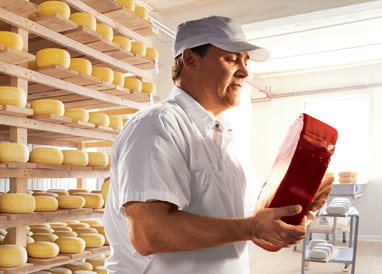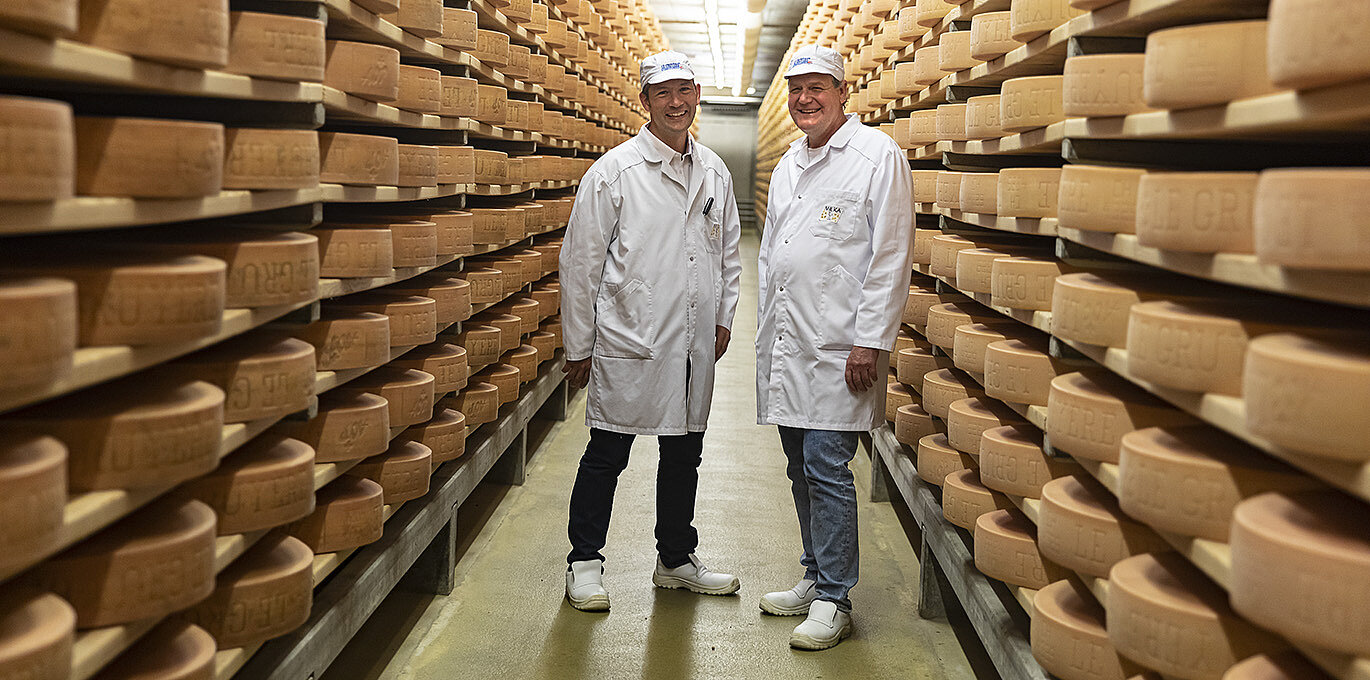The Best of Melbourne Made Cheese: Floridia Cheese Melbourne's One-of-a-kind Offerings
The Best of Melbourne Made Cheese: Floridia Cheese Melbourne's One-of-a-kind Offerings
Blog Article
Opening the Keys of Artisanal Cheese Making: A Detailed DIY Guide
In the world of cooking craftsmanship, artisanal cheese making stands as a testimony to the delicate equilibrium in between custom and advancement. As we get started on this journey to demystify the art of creating splendid cheeses, we are encountered with a tapestry of tricks and abilities waiting to be unwinded.
Picking the Right Milk
When embarking on the journey of artisanal cheese making, the option of milk plays an important function in establishing the top quality and qualities of the final product. The type of milk chosen affects the flavor, appearance, and generally account of the cheese.
When picking milk for cheese production, it is vital to take into consideration the fat web content. Greater fat web content in milk can cause a creamier and richer cheese, while reduced fat material may cause a drier and firmer appearance. In addition, the resource of the milk, whether from cows, goats, sheep, or buffalo, contributes distinct tastes and features to celebrity (Floridia Cheese). Each sort of milk brings its own nuances, permitting a variety of cheese ranges to be crafted based on the picked milk. Eventually, the choice of milk is a basic choice that establishes the foundation for a successful artisanal cheese-making venture.
Culturing and Coagulating
To start the cheese-making process, the important steps of culturing and coagulating must be carefully executed to change milk right into curds and whey. Culturing involves introducing advantageous germs to the milk, which after that starts the fermentation procedure. These microorganisms transform lactose (milk sugar) right into lactic acid, developing the acidic setting essential for coagulation. The sort of culture used can considerably affect the flavor, structure, and ripening of the final cheese product.

The timing and temperature control during culturing and coagulation are vital aspects that influence the final outcome of the cheese. Proper implementation of these steps is important to make sure the desired texture, flavor, and uniformity of the artisanal cheese being produced.
Draining and Pushing Curds
After the milk proteins have coagulated and the curds have actually been reduced to launch whey, the following crucial action in artisanal cheese making includes draining pipes and pressing the curds to accomplish the preferred texture and consistency of the Your Domain Name last cheese product. Draining pipes is the process of dividing the curds from the whey. This can be done by transferring the curds right into a cheesecloth-lined colander or mold and mildew and enabling the whey to drain off naturally. The time for draining can vary depending on the kind of cheese being made and the desired dampness web content.
Pressing aids expel any type of remaining whey and compacts the curds to develop a strong cheese wheel. Correct pushing and draining pipes are important actions that substantially affect the top quality and qualities of the artisanal cheese being created.
Aging and Flavor Methods
Executing precise aging and flavor techniques is pivotal in improving the depth and complexity of artisanal cheeses, raising their preference accounts to beautiful levels of refinement and sophistication. Aging plays an important duty in creating the special flavors and structures that distinguish artisanal cheeses. During the aging procedure, cheeses are saved in carefully controlled environments where variables such as air flow, moisture, and temperature level are manipulated to urge the development of helpful mold and useful content mildews and bacteria. This regulated setting enables celebrity to develop gradually, creating rich flavors and complicated scents.
Flavoring techniques additionally contribute significantly to the final preference of artisanal cheeses. Cheesemakers might pick to present added tastes by incorporating ingredients such as natural herbs, seasonings, or perhaps fruits into celebrity during the production process. In addition, some cheeses are cleaned or scrubed with numerous fluids, such as brine or alcohol, to enhance their flavors and textures.
Covering and Storing Cheeses

Final Thought
In conclusion, mastering the art of artisanal cheese making involves carefully picking the ideal milk, following accurate culturing and coagulating processes, draining and pressing curds efficiently, and utilizing different aging and flavor methods. Keep in mind to wrap and store your cheeses properly to make certain ideal flavor and structure growth.
Each kind of milk brings its very own subtleties, permitting for a vast array of cheese selections to be crafted based on the selected milk.After the milk proteins have actually coagulated and the curds have been reduced to release whey, the next essential action in artisanal cheese making entails draining and pressing the curds to accomplish the desired texture and consistency of the final cheese item. A lot of cheeses should be wrapped in wax paper or cheese paper to allow them to take a breath while securing them from drying out. For cheeses that require to continue aging, such as bloomy peels or cleaned skins, guarantee they are saved in an awesome setting like a cheese cavern or a refrigerator set to the proper temperature level. By paying focus to the covering and storage of artisanal cheeses, cheese manufacturers and enthusiasts can protect the stability of these specials and totally appreciate their complicated flavors.
Report this page